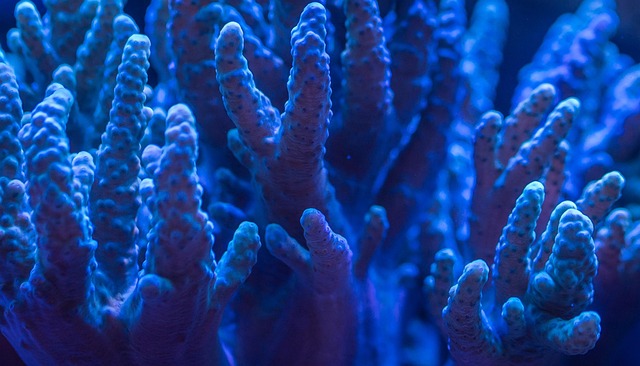Remote-controlled aquariums significantly reduce energy costs by allowing precise control of lighting, temperature, and water flow through remote programming. This technology offers cost savings, convenience, and real-time monitoring for both hobbyists and commercial operations. By optimizing water conditions and minimizing power waste, these smart systems are an eco-friendly investment with long-term financial and environmental benefits.
“Aquariums, though beautiful, can be energy guzzlers. In today’s eco-conscious world, understanding and optimizing aquarium energy consumption is crucial for both enthusiasts and professionals. This article explores how remote-controlled aquarium automation offers significant benefits in cost savings and efficiency. From gauging energy use to implementing energy-efficient solutions, we delve into strategies that can transform your aquatic ecosystem. Discover long-term cost-saving techniques that not only benefit your wallet but also contribute to a greener future.”
Understanding Aquarium Energy Consumption
Aquariums, despite their serene beauty, can be energy hogs. Traditional aquarium systems rely on constant operation of filters, heaters, and lights, leading to significant power consumption. Understanding this energy footprint is the first step towards automation. Remote-controlled aquariums offer a solution by enabling users to manage these components efficiently. With automated settings, you can program equipment to turn off or adjust when not in use, significantly reducing energy costs. This technology allows for precise control, ensuring optimal conditions while minimizing power waste.
Benefits of Remote-Controlled Automation
The implementation of remote-controlled automation in aquariums offers a multitude of benefits, making it an attractive option for enthusiasts and professionals alike. One of the primary advantages is cost savings through energy efficiency. These automated systems can precisely control lighting, temperature, and water flow, minimizing energy wastage and reducing utility bills. By programming these parameters remotely, owners can ensure their aquariums operate optimally without constant manual intervention.
Additionally, remote-controlled aquariums facilitate convenient maintenance and monitoring. Users can adjust settings from a distance, making it easier to manage multiple tanks or large setups. This feature is particularly valuable for commercial aquariums or hobbyists with limited accessibility to their exhibits. Moreover, real-time monitoring via connected devices allows users to stay updated on tank conditions, ensuring prompt action in case of any anomalies.
Implementing Energy-Efficient Solutions
Implementing energy-efficient solutions in aquarium automation can lead to significant cost savings for owners, especially those with larger setups. Remote-controlled aquariums are a prime example of this technology, allowing users to adjust various parameters like temperature, lighting, and water flow from a distance using smart devices. This not only enhances convenience but also plays a crucial role in energy conservation.
By programming these remote-controlled aquariums to operate based on specific schedules or real-time environmental data, owners can avoid unnecessary energy consumption. For instance, dimming lights during off-peak hours or automatically adjusting water circulation according to fish activity reduces power wastage, making it an eco-friendly and cost-effective choice for aquarium enthusiasts.
Long-Term Cost Savings Strategies
Implementing energy-efficient aquarium automation isn’t just an eco-friendly choice; it’s a strategic move for long-term cost savings. Remote-controlled aquariums, equipped with smart sensors and programmable settings, allow owners to optimize water conditions while minimizing energy consumption. By automating tasks like heating, lighting, and filtration, you reduce the constant demand for resources, cutting down on utility bills over time.
This approach extends beyond immediate financial benefits. Regular, precise control of parameters like temperature and light intensity supports a healthier aquarium ecosystem. As a result, you’ll likely see improved water quality, increased fish longevity, and reduced need for costly emergency interventions or chemical treatments. This holistic advantage underscores the value of investing in energy-efficient, remote-controlled aquarium automation solutions.
By implementing energy-efficient aquarium automation with remote-controlled aquariums, owners can significantly reduce energy consumption and associated costs. This article has explored the various benefits of automated systems, from understanding power usage to long-term savings strategies. By adopting these practices, aquaria enthusiasts can not only contribute to environmental sustainability but also enjoy the convenience of remotely managing their aquatic ecosystems, ensuring optimal conditions for their fish and other inhabitants while minimizing expenses.
